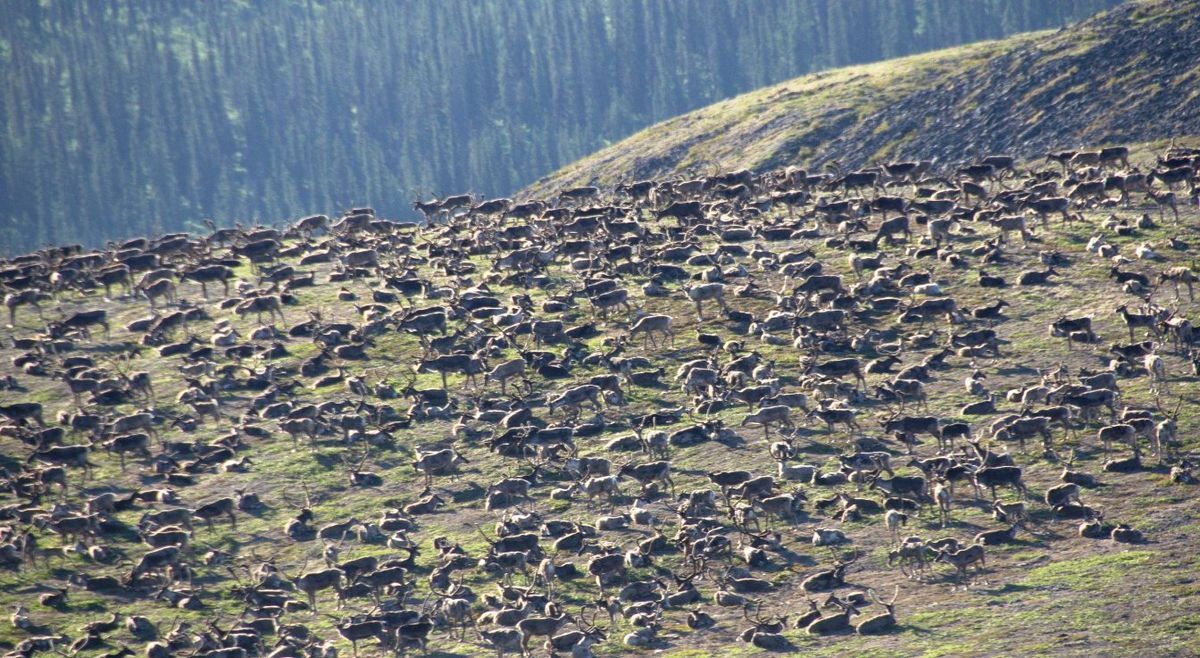
Caribou Bones Reveal New Arctic Habitats

In the dry and frigid Arctic, caribou antlers and skeletons survive on the landscape for thousands of years. For the first time, researchers are using these bones to track caribou behavior in Alaska's Arctic National Wildlife Refuge.
Both male and female caribou shed antlers, but only females shed them within a few days of giving birth. Researchers found a surprising number of antlers and newborn skeletons on river terraces in the Porcupine caribou herd's calving grounds. Tundra was thought to be the most popular calving turf.
With 170,000 animals, the caribou herd plays a critical role in the Arctic ecosystem. The study authors hope to extend their work to understand how the herd's behavior may have shifted with warmer or colder climate periods.
Read more: University of Florida
Email Becky Oskin or follow her @beckyoskin. Follow us @OAPlanet, Facebook or Google+.
Sign up for the Live Science daily newsletter now
Get the world’s most fascinating discoveries delivered straight to your inbox.












